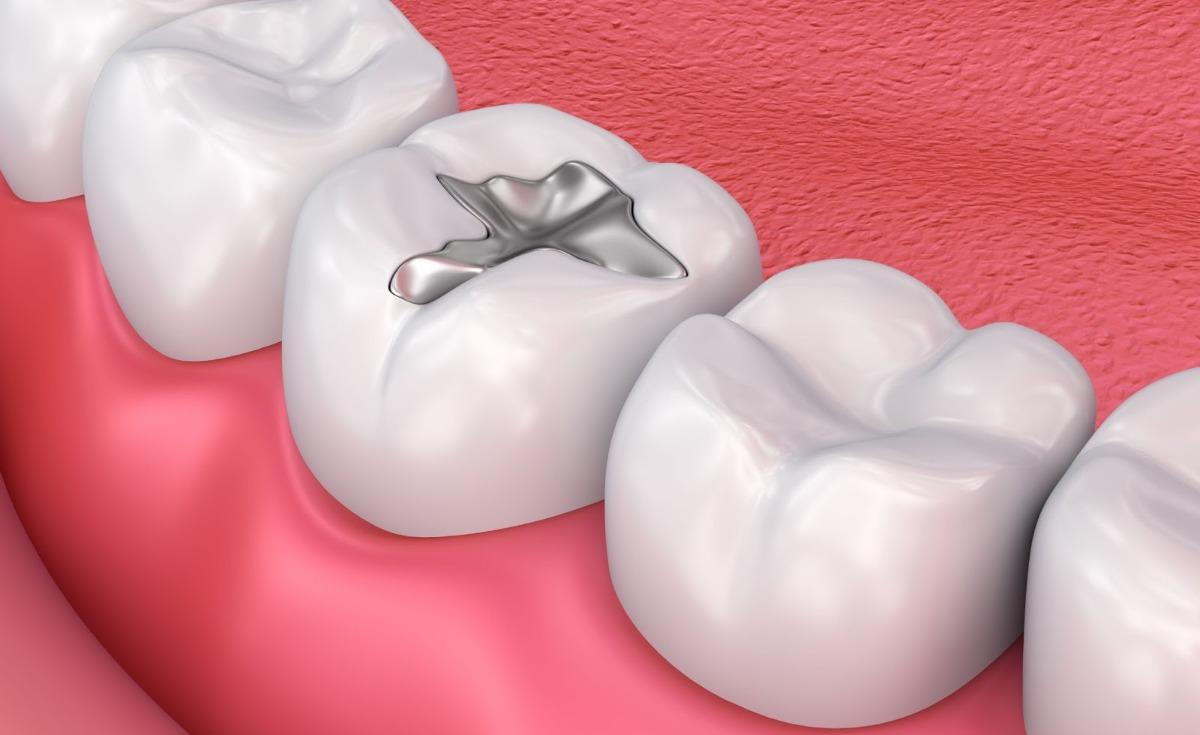What are Dental Fillings?
When it comes to maintaining optimal oral health, dental fillings play a crucial role in preserving the integrity of your teeth. From preventing further decay to restoring functionality, dental filling is a cornerstone of modern dentistry. In this comprehensive guide, we'll delve into the world of dental fillings, discussing their importance, types, procedures, and even provide insights on finding a trusted dentist office near you. Whether you're well-versed in dental care or just starting your journey, this article aims to provide you with valuable information to make informed decisions about your oral health.
Understanding Dental Fillings
Dental fillings are dental restorations used to repair teeth that have been damaged due to decay, fractures, or other structural issues. They serve as a protective barrier, preventing further damage and decay from spreading. Dental fillings restore the tooth's functionality and aesthetics while ensuring it remains strong and durable.

Types of Dental Fillings
Amalgam Fillings:
Amalgam fillings, also known as silver fillings, are composed of a mixture of metals including mercury, silver, tin, and copper. They are highly durable and have been used for decades. However, their metallic appearance has led to a decline in their popularity in favor of more aesthetically pleasing options.
Composite Resin Fillings:
These fillings are made from a blend of ceramic and plastic compounds. They can be color-matched to your natural teeth, making them virtually indistinguishable. Composite fillings bond directly to the tooth, which can help support its structure and provide a more natural appearance.
Ceramic Fillings (Inlays and Onlays):
Ceramic fillings, also called inlays or onlays, are custom-made restorations crafted in a dental laboratory. They are created to fit precisely into the cavity and are bonded to the tooth. Ceramic fillings are known for their exceptional durability and natural appearance.
Gold Fillings:
Gold fillings are a mix of gold, copper, and other metals. They are highly durable and are resistant to tarnishing. However, their distinct appearance and higher cost have made them less popular among patients.

Glass Ionomer Fillings:
Glass ionomer fillings are a mixture of acrylic and glass materials. They are often used for fillings in areas with less chewing pressure, such as around the gumline. These fillings release fluoride over time, which can help prevent further decay.
The Dental Filling Procedure
The process of receiving a dental filling typically involves the following steps:
- Diagnosis: Your dentist will perform a thorough examination and possibly take X-rays to assess the extent of the damage and decay.
- Anesthesia: Local anesthesia is administered to numb the area around the tooth, ensuring you feel minimal discomfort during the procedure.
- Removal of Decay: The dentist will remove the decayed portion of the tooth using specialized instruments, leaving behind a clean and healthy surface.
- Preparation: The tooth is then prepared for the filling by shaping it and creating space for the chosen filling material.
- Placement of Filling: The selected filling material is carefully placed in layers, and each layer is hardened using a special light.
- Shaping and Polishing: Once the filling is in place, the dentist will shape and polish it to ensure it fits seamlessly with your bite and natural teeth.
Choosing the Right Dentist Office Near You
Finding a reputable dentist office near me is vital for maintaining your oral health. Here are some tips to help you choose the right dental practice:
- Ask for Recommendations: Seek recommendations from friends, family, or coworkers who have had positive experiences with local dentists.
- Check Online Reviews: Websites like Google and Yelp offer reviews and ratings from patients, giving you insights into the quality of care provided.
- Verify Credentials: Ensure that the dentist is licensed and has the necessary qualifications to perform dental procedures.
- Visit the Office: Schedule a visit to the dental office to get a feel for the environment, meet the staff, and assess the cleanliness and technology used.
- Inquire About Services: Ensure that the dental office offers the services you need, whether it's routine check-ups, fillings, or other specialized treatments.
Conclusion:
Dental fillings are a cornerstone of modern dentistry, offering a solution to tooth decay and damage that preserves both function and aesthetics. With various types of fillings available, patients have the flexibility to choose options that suit their needs and preferences. When seeking dental care, finding a reliable dentist office near you is essential for maintaining optimal oral health. By following recommendations, checking reviews, and verifying credentials, you can make an informed decision and entrust your smile to experienced professionals who prioritize your well-being. Remember, dental fillings are more than just repairs – they're pathways to preserving your confident smile for years to come.
Comments
Post a Comment